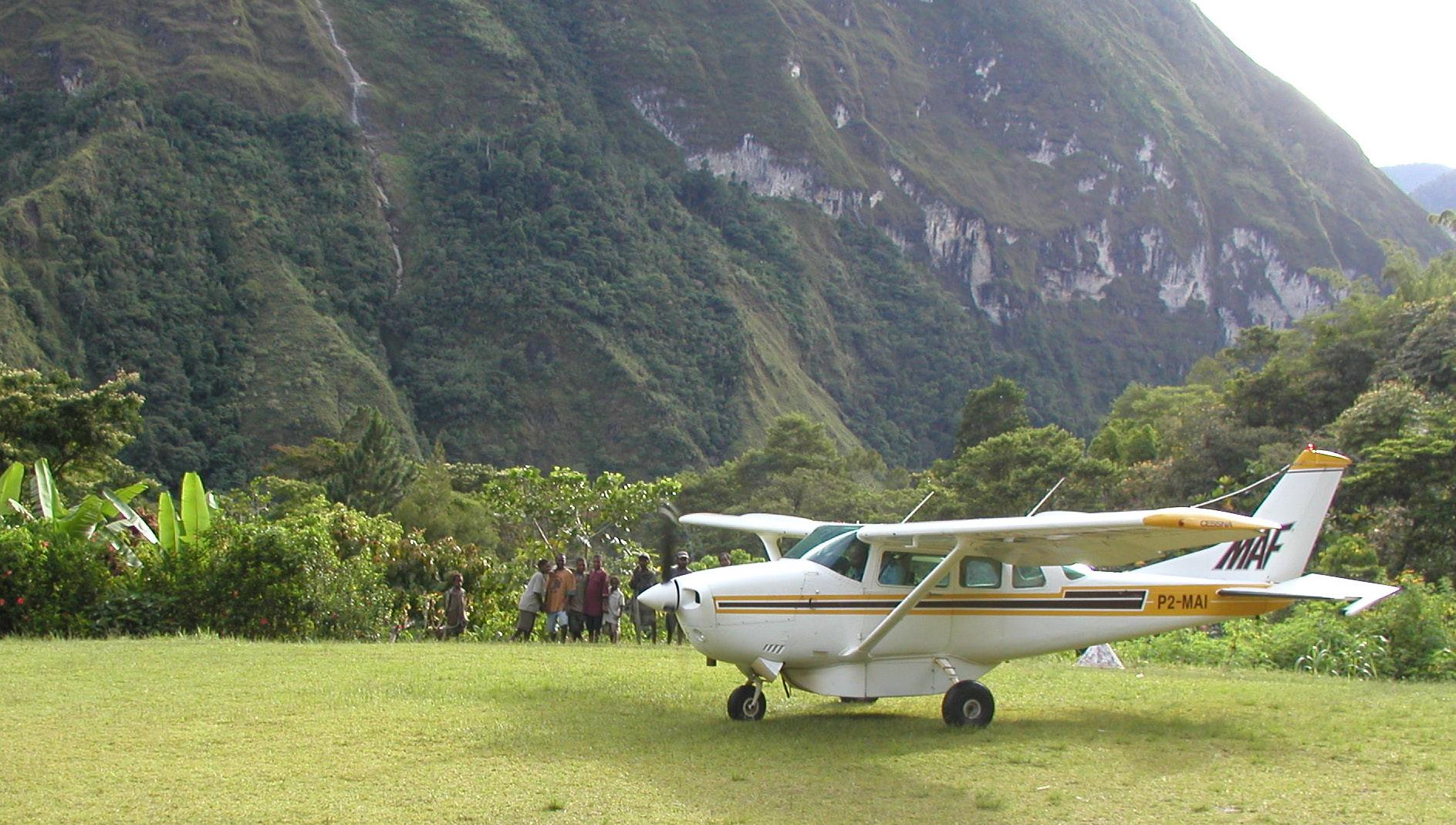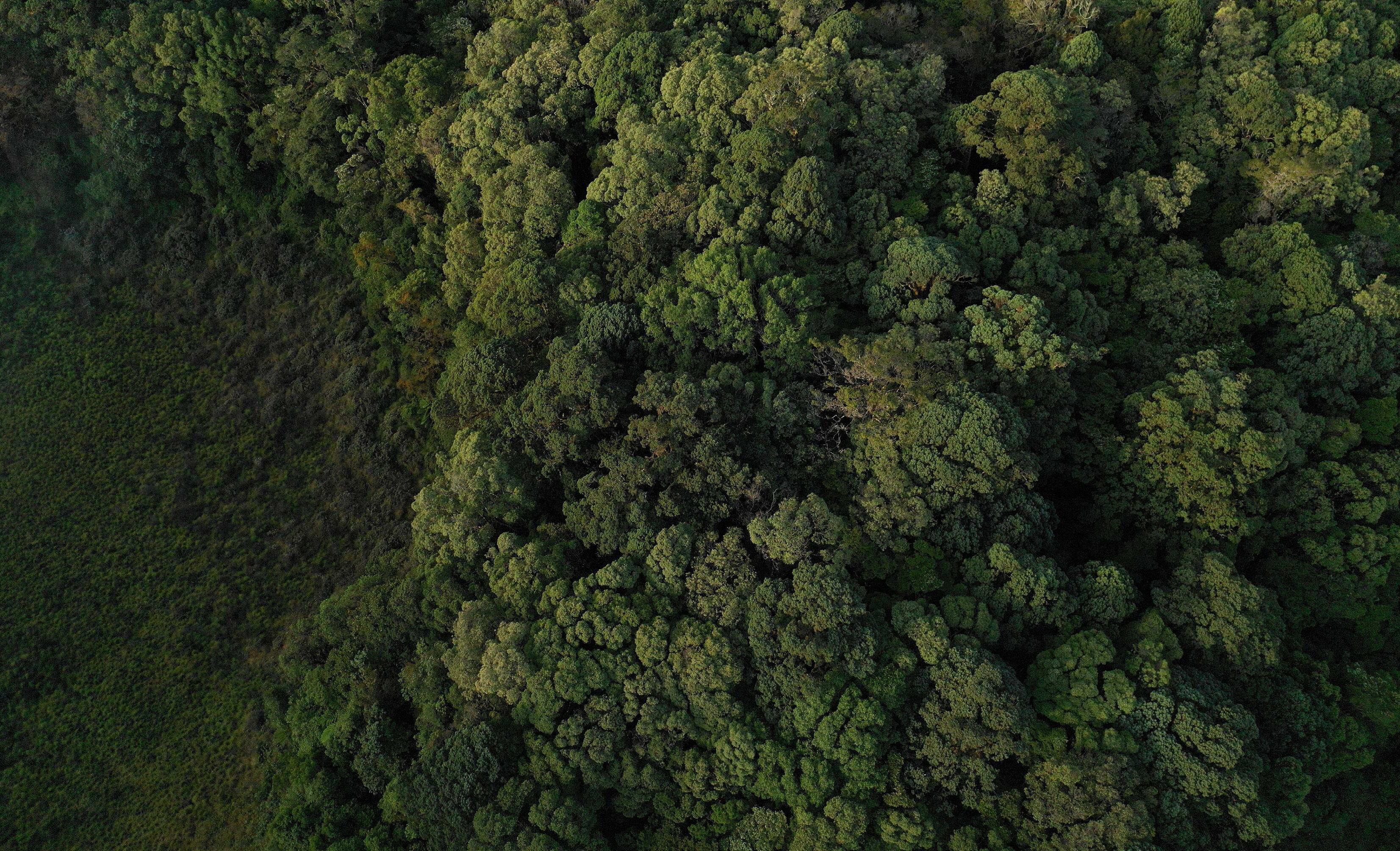
8 minute read
Treating the health and future success of forests, wildlife and humans
TREATING THE HEALTH AND FUTURE SUCCESS OF FORESTS, WILDLIFE AND HUMANS AS INTERLINKED
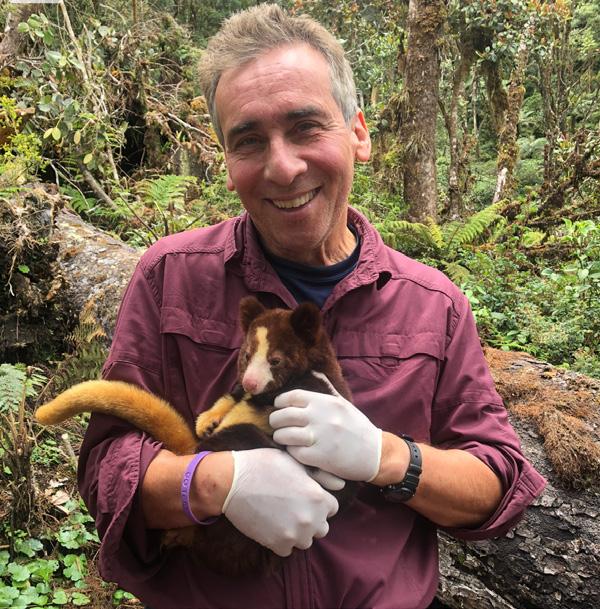
Dr. Rob Liddell, Diagnostic Radiologist, Woodland Park Zoo Director Emeritus, zoo volunteer, and TKCP team member
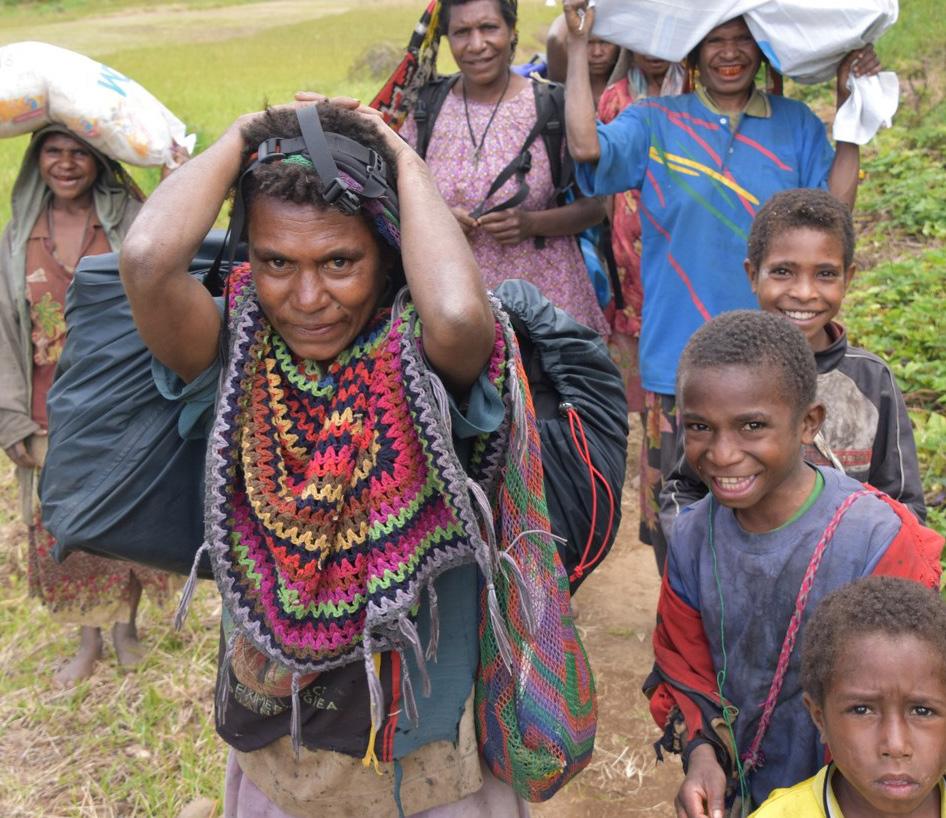
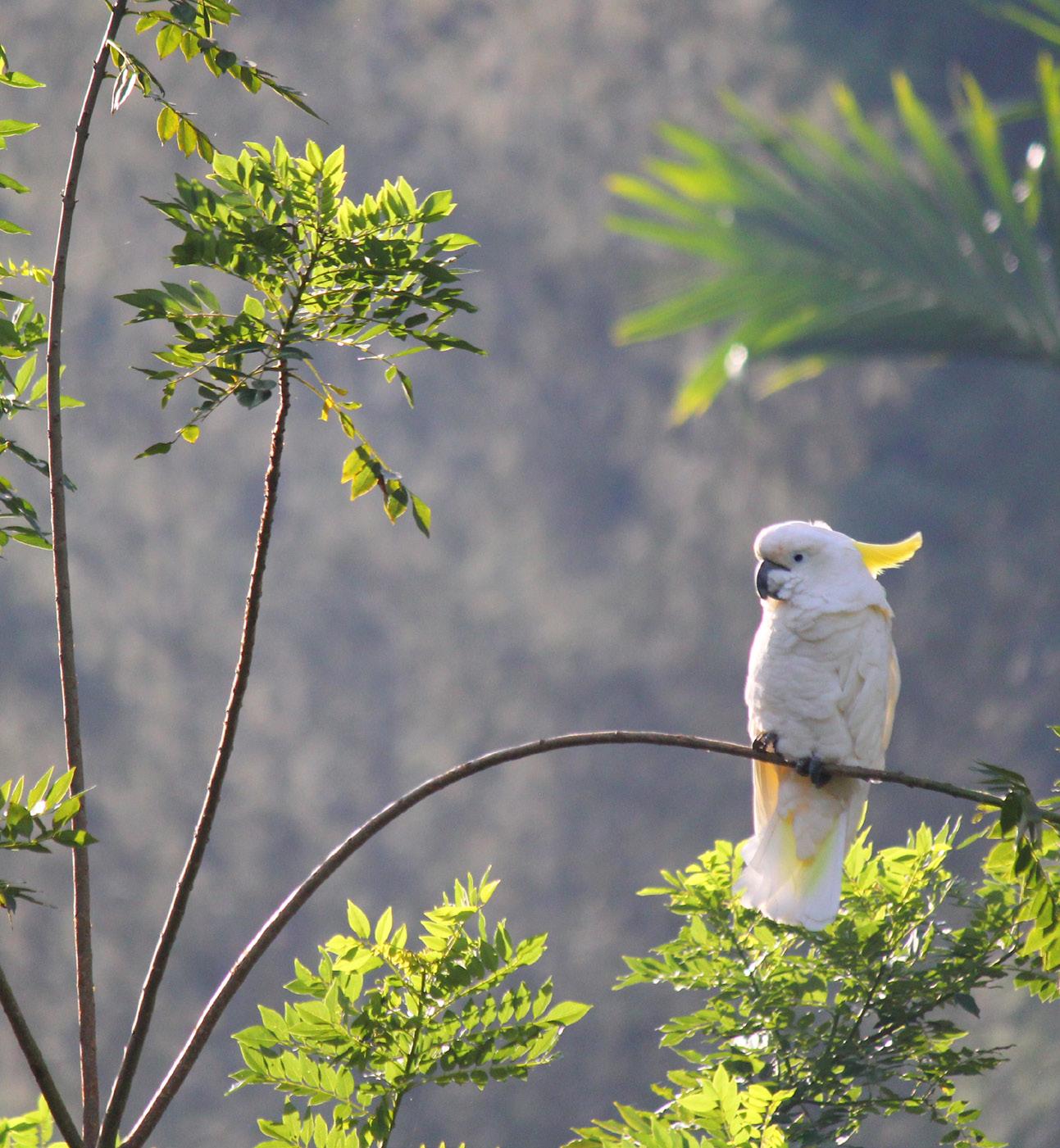
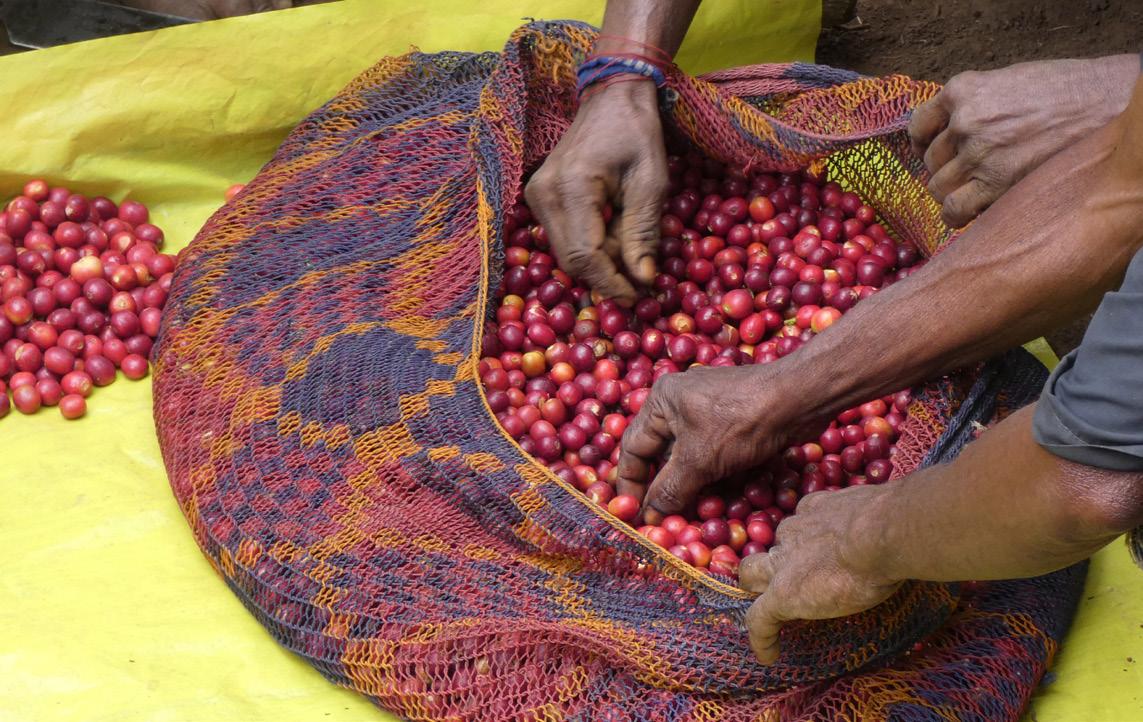
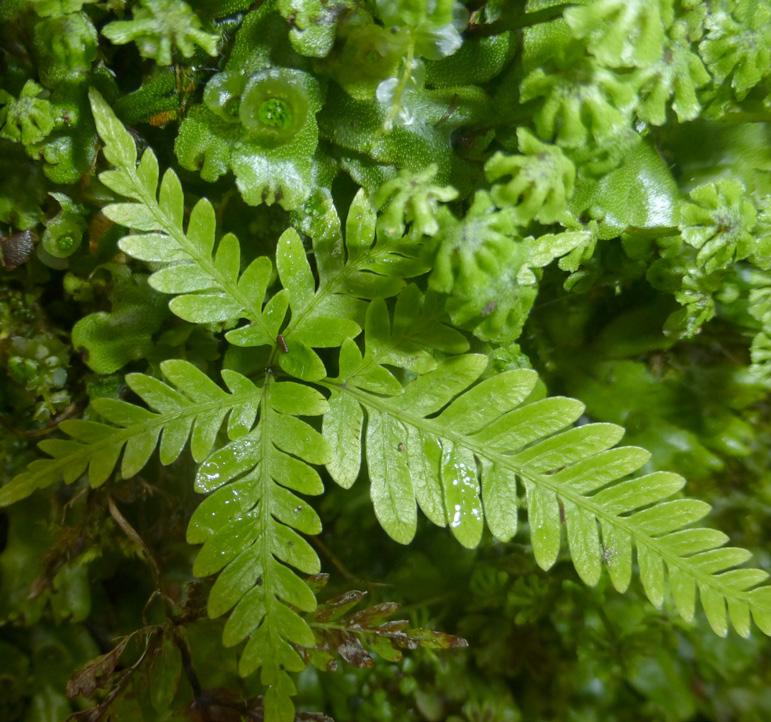


Local Livelihoods Help People and Forests Thrive
People in YUS rely mostly on subsistence farming and hunting. Coffee and cocoa offer rare sources of cash income, which families use to pay school fees, cover health costs, improve their homes, establish savings and invest in their businesses. The Tree Kangaroo Conservation Program’s YUS coffee and cocoa programs improve local livelihoods while providing incentives for conservation. Coffee farmers use sustainable growing methods to protect the forest and enable wildlife to flourish. The Tree Kangaroo Conservation Program connected local landowners with specialty coffee roasting companies in Seattle and internationally that buy the high-quality beans at a premium price, direct from farmers. Since the first export of YUS Conservation Coffee in 2011, coffee growers have sold more than 400,000 pounds of beans—generating over $320,000 for their families! Coffee is their most significant cash crop, and the premium price earned through the YUS Conservation Coffee project makes coffee a viable, profitable product. The coastal cocoa project follows a similar model. Unfortunately, it is still recovering after an invasive pod borer destroyed young trees. In 2020, the Tree Kangaroo Conservation Program provided farmers with cacao saplings resistant to the pest, and farmers are hopeful for a healthy harvest as the trees reach maturity. Global chocolate producers are eager to purchase the beans. What’s next: Tree Kangaroo Conservation Program staff are researching honey and vanilla as possible new sustainable conservation crops for YUS farmers to pursue.
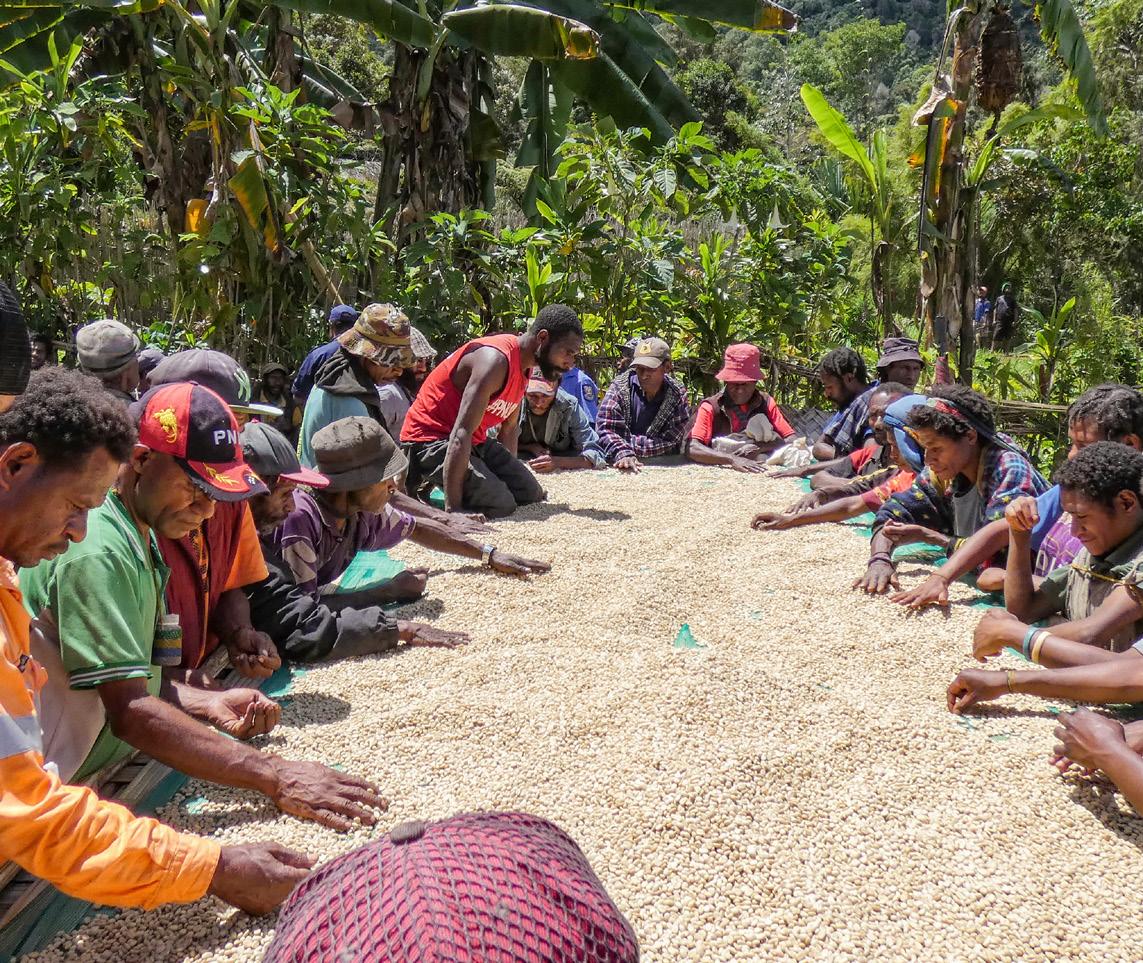

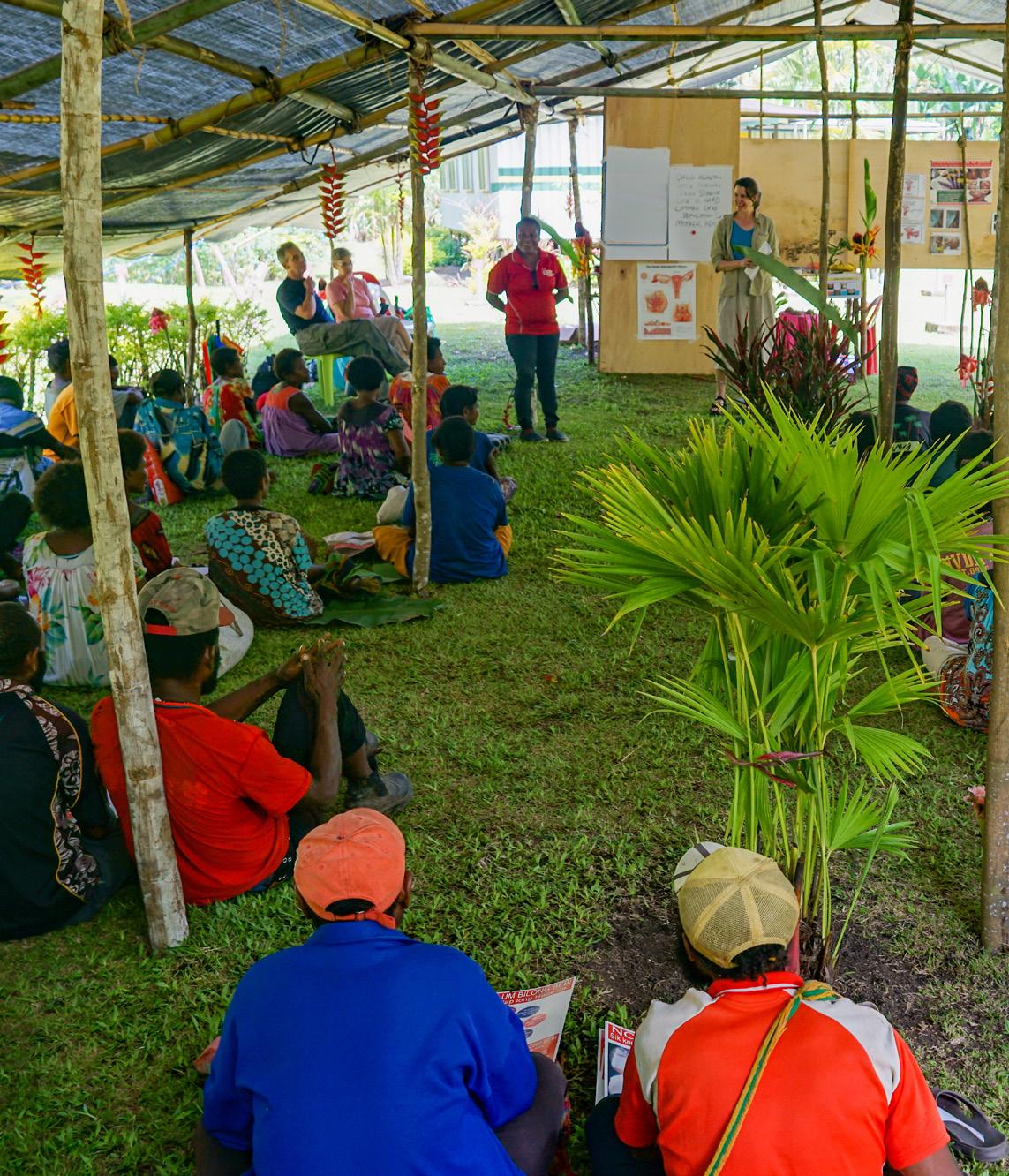

The Tree Kangaroo Conservation Program is monitoring many endangered and threatened species in the YUS Conservation Area. Since the area was protected in 2009, YUS villagers report seeing tree kangaroos in greater numbers than ever before, and radio-collared tree kangaroos indicate healthier populations in the protected area.
Tracks to a Better Future for All
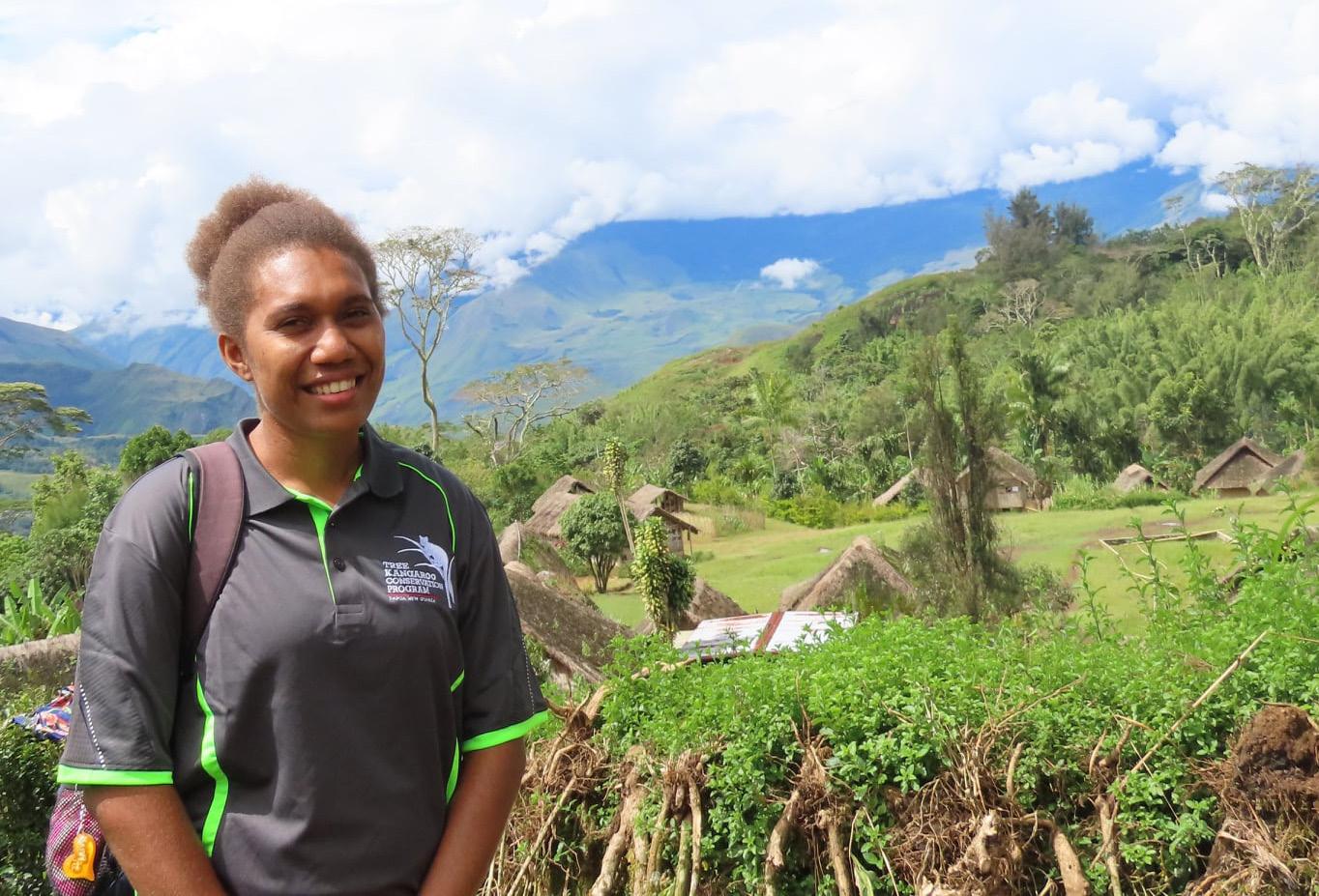
By Dillian Nason, Research and Monitoring Coordinator, Tree Kangaroo Conservation Program, Papua New Guinea On a field visit to Yopno, I had a memorable experience that symbolizes to me the success of the Tree Kangaroo Conservation Program. As I walked along a rain forest trail between giant ferns, I came upon the distinctive tracks of the critically endangered Eastern long-beaked echidna. Their front feet turn inward and the long claws on their back feet leave a characteristic drag mark. These quill-covered monotremes (mammals that lay eggs) are found in YUS and are among dozens of species that the Tree Kangaroo Conservation Program monitors. I was filled with joy to see signs of this rare animal, and the evidence of its presence was proof that our program is working. Tree Kangaroo Conservation Program rangers do quarterly patrols to monitor animals including this echidna, the Matschie’s tree kangaroo and the Emperor Bird of Paradise, along with other endemic species. Rangers record their observations and send them to our office where I use SMART (Spatial Monitoring and Reporting Tool) to analyze the data. I give the results back to YUS communities, where people can apply it to land-use planning efforts. Having this knowledge of animal abundance is another way that the people of YUS can deepen their connection to the land. This information helps them make decisions that support a healthier environment for people, animals and forests.

Healthy Village, Healthy Forest
The people of YUS agree that improved health care is a community priority. That’s why the Tree Kangaroo Conservation Program launched the Healthy Village, Healthy Forest initiative. This work draws on the expertise of Papua New Guinea’s provincial and district health departments, nongovernmental organizations, and volunteer physicians and veterinarians to develop local capacity to provide for basic health needs while showing the connections between human, environmental and animal health—such as clean water, clean air and healthy forests. Its primary goals include improved access to quality health facilities, medication and vaccines, trained community health workers and routine health patrols.
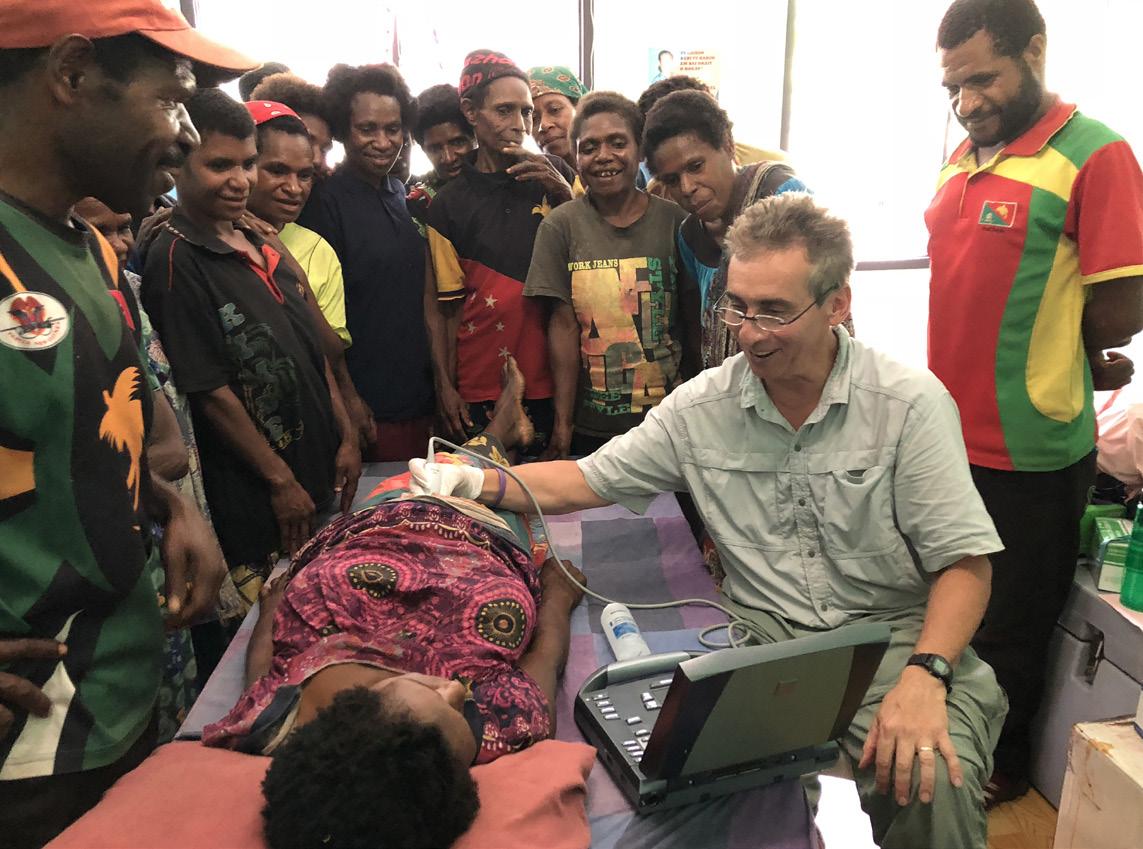
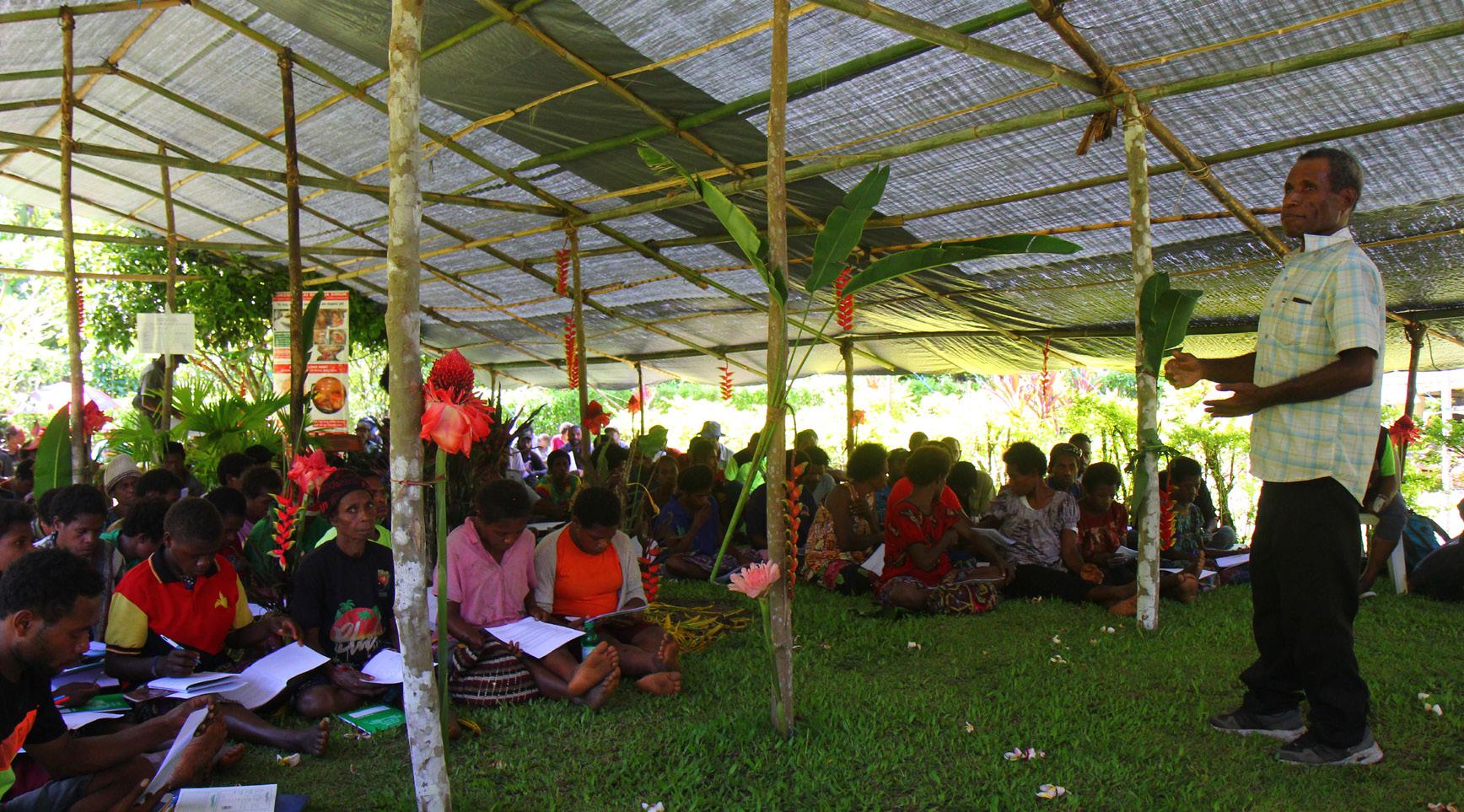
Health Care as Conservation Action
The formidable topography in PNG both protects YUS wildlife habitats from the outside world and isolates its people from access to basic services like medical care. Many YUS communities are separated by treacherous terrain, often more than a full day of hiking away from each other. The Tree Kangaroo Conservation Program developed the Healthy Village, Healthy Forest initiative to address community health care needs. It uses a One Health approach incorporating the health of people, wildlife, and environment. TKCP works with government health departments to establish and improve systems for health care and to ensure that health posts throughout YUS have proper equipment and supplies. The Tree Kangaroo Conservation Program also coordinates teams of doctors from the United States to travel to YUS to lead health care training workshops. During the last such visit in 2018, Dr. Rob Liddell, a volunteer physician with the Tree Kangaroo Conservation Program, brought portable X-ray and ultrasound units to help visiting physicians diagnose health issues. Community health workers and midwives from around the region attended sessions covering prevention and treatment of common illnesses, safe pregnancy and childbirth, reproductive health, nutrition and cancer. What’s next: The Tree Kangaroo Conservation Program is focusing on the One Health approach that recognizes the interconnections among the health of people, animals, and the environment. Staff are currently researching ways to better manage water resources to ensure clean drinking water and exploring solar electricity as one way to reduce health impacts from wood smoke (while reducing the need to use trees for firewood).
Healthy Connections
By Dr. Rob Liddell Rob Liddell is a Seattle diagnostic radiologist and Woodland Park Zoo director emeritus who has been volunteering at the zoo for more than 30 years. He assists zoo veterinarians in interpreting animal radiographs, ultrasound, CT and MRI scans for disease diagnosis. He is also a volunteer physician with the Tree Kangaroo Conservation Program. I will never forget the warm welcome I received when I landed in YUS the first time. The whole village was assembled—I mean everybody, from babies to school kids to elders. As we stepped off the single-engine plane onto the grass runway, a village leader greeted us with a warm smile and a handshake. Behind him was someone with his hand on the elder’s shoulder and behind that person was another person with hand on shoulder, and on and on until everyone in the community was connected from hand to shoulder. This is how the whole village welcomed us! This communal welcome symbolizes, “We are all one, and you are part of us. Welcome.” It’s a deep cultural understanding of this interconnectedness that powers the Tree Kangaroo Conservation Program. The program started out as a desire to study and save from extinction a fairly obscure, yet very engaging animal. And I’m happy to report that the animals are doing pretty well in the forests because the people of YUS have decided to protect the forests where the Matschie’s tree kangaroo lives, and in doing so have supported their own health and livelihoods. I think this is one of the best conservation stories in the world because it is powered by people and connects wildlife to people and the land, air and water they all share. The first time I saw a tree kangaroo in the early 1990s at Woodland Park Zoo, I was saddened to learn that there was not much hope for their survival in the wild. I was reviewing a radiograph of a tree kangaroo with a lung infection, and I remarked how cool the animal was. Woodland Park Zoo’s lead tree kangaroo zookeeper, Judie Steenberg, agreed and explained that their numbers were dwindling in the wild and she believed they were doomed to extinction as a species. I had young kids at that time, and it really struck me that, within my children’s lifetime, this amazing animal would likely no longer exist. About five years later, while helping with the care of another tree kangaroo at Woodland Park Zoo, I reminded Judie of our earlier conversation, and how deeply it saddened me. She paused and said, “I did say that, didn’t I? But I’ve changed my mind.” She had new hope for tree kangaroos’ survival thanks to Lisa Dabek and the Tree Kangaroo Conservation Program. That was more than 25 years ago, and since then I have been honored to be involved in the program’s community health initiatives, as well as helping Lisa with research on the health of tree kangaroos in the YUS cloud forest. Although we have not been able to return to Papua New Guinea because of the pandemic, we are working remotely with program staff to engage local health authorities to recognize and respond to YUS community needs. I look forward to the day when we can return and again experience that unforgettable welcome that represents our connectedness as humans on Earth.

